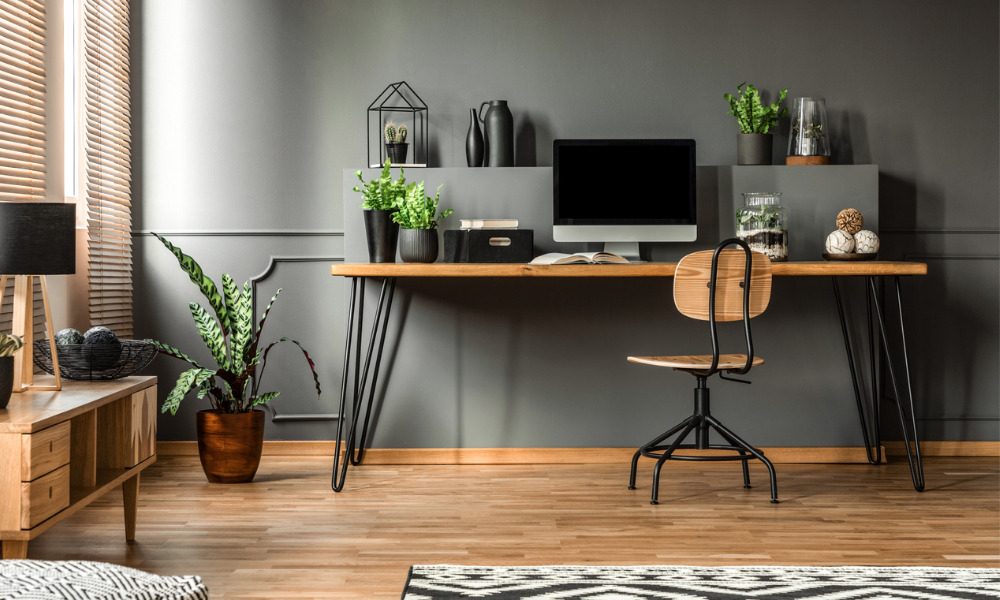
How to maintain consistent workplace culture in the new 'hybrid workplace'

Seven out of 10 employees would like to work from home at least part of the time once the pandemic is over, according to a survey. And one out of every five would prefer to work from home full-time.
The survey of 1,426 workers in Canada, the U.S., and the United Kingdom by O.C. Tanner showed that many employees have been getting used to working at home and it might not be easy for employers to bring them back to the office when it’s safe to do so — if they even want to. Many employers are looking at keeping many employees working remotely, now that they know they are able to, with reduced operations in physical workspaces — a “hybrid workplace.”
Having a good chunk of the workforce working remotely can have its advantages, but there are significant challenges — particularly in maintaining a semblance of workplace culture. The physical workplace serves as a direct element of culture and a way for employers to communicate and reinforce their culture — reflected in recent trends in the design of physical workspaces, says Tom De Iulis, senior vice-president of product and strategy — and co-founder — of Venngo, a provider of corporate discount programs.
Read more: COVID-19: Can you force employees to take the vaccine?
“As organizations realized the importance of social interactions, especially within the areas of collaboration and innovation, architecture and interior design began to focus on making physical workspaces inspire and cause these types of interactions to occur,” says De Iulis.
With many employees working remotely and only some in the physical workspace, this naturally changes the physical workplace’s effect on company culture. De Iulis suggests that wherever possible, all the positive aspects of the physical workplace should be replicated in a hybrid workplace. This could include ergonomic elements that may be in the office but not at employees’ homes or unscheduled meetings — which can be replicated with things like a home office allowance and video conferencing, respectively. But there may need to be some creativity to replicate a similar experience and maintain its cultural value.
“Thinking about what elements of the physical workplace drove core cultural value for your employees is the start,” says De Iulis. “Identifying those is the key to understanding what you need to replicate, but in a new way.”
De Iulis notes that having employees work from home could drive both positive and negative results for culture and employee wellness, depending on how it’s designed and communicated. HR has an important role in fostering a culture among employees who are physically separated from each other through new initiatives, making this “a very exciting time for HR and of course a very busy one,” he says.
“HR’s role in extending and maintaining the culture of the organization should be a central one and visible at every step of the process,” says De Iulis. “Everything that HR did to drive culture in the physical workplace needs to continue but it will need to take new forms.”
Catch Darci Taylor, Principal of The HR Compass Inc., in Venggo's webinar on “Maintaining and Extending Your Company’s Culture in a Hybrid Workplace”.